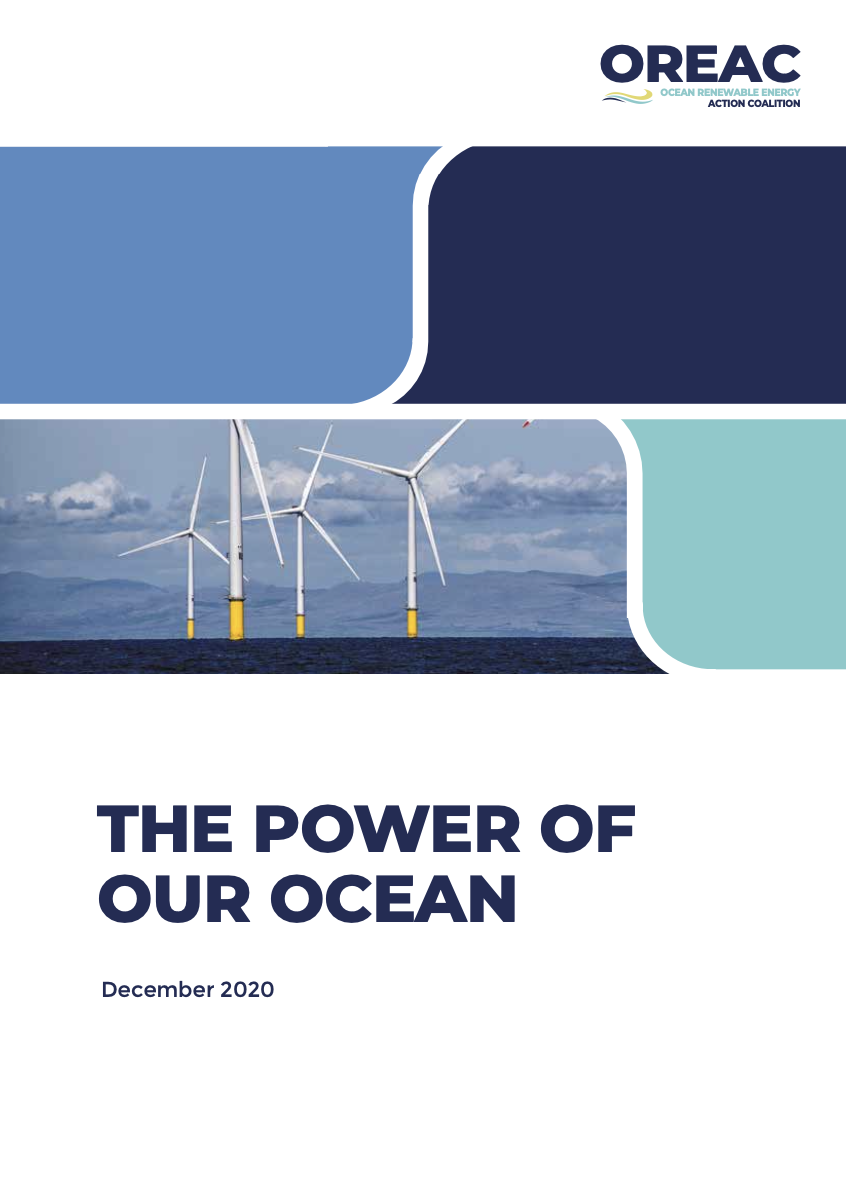
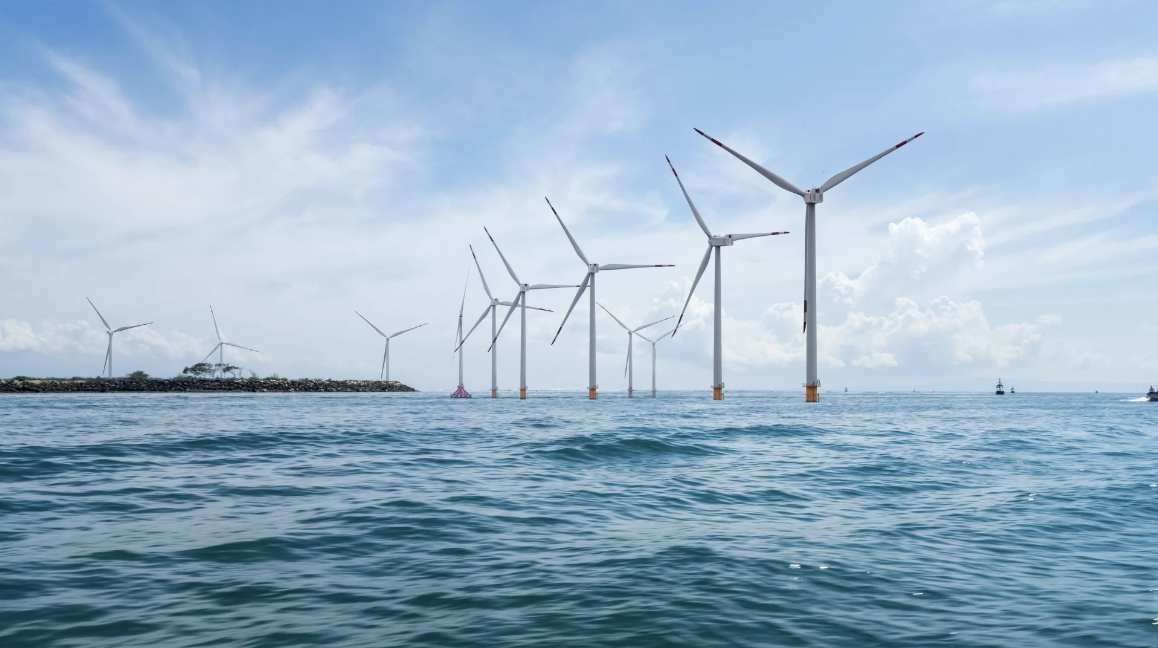
About OREAC
The Ocean Renewable Energy Action Coalition (OREAC) was formed in response to the 2019 call for ocean-based climate action by the High-Level Panel for a Sustainable Ocean Economy (Ocean Panel), and represents ocean energy in the global dialogue on a sustainable ocean economy. The Ocean Panel is a unique initiative of 14 serving world leaders, supported by the United Nations Secretary-General’s Special Envoy for the Ocean and working with diverse stakeholders to accelerate bold, pragmatic solutions for realising a sustainable ocean economy.
OREAC is spearheaded by the Global Wind Energy Council and includes other leading players in the global offshore wind sector: Ørsted, Equinor, CWind, GE Renewable Energy, Global Marine Group, JERA, MHI Vestas, MingYang Smart Energy, Mainstream Renewable Power, Shell, Siemens Gamesa Renewable Energy, TenneT and The Crown Estate. Additional supporting organisations include the World Resources Institute, UN Global Compact, the Chinese Wind Energy Association and Ocean Energy Systems.
Members
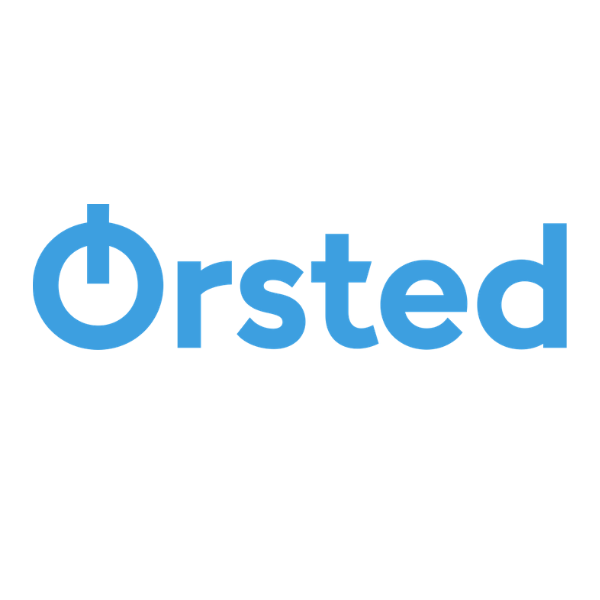

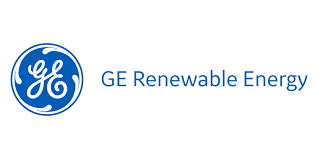
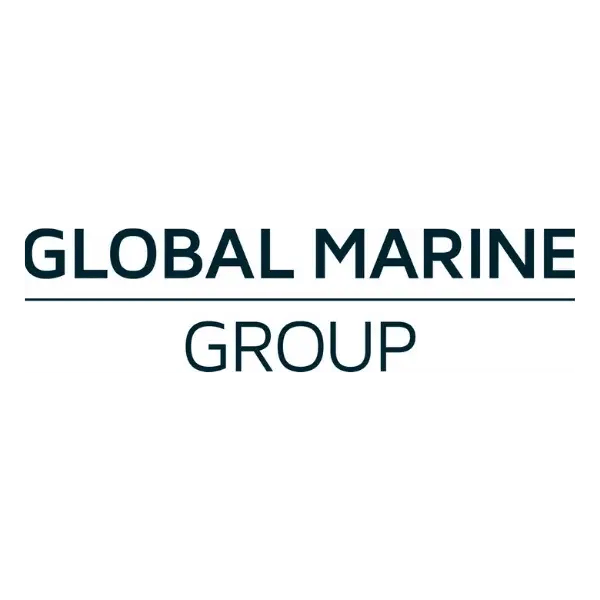
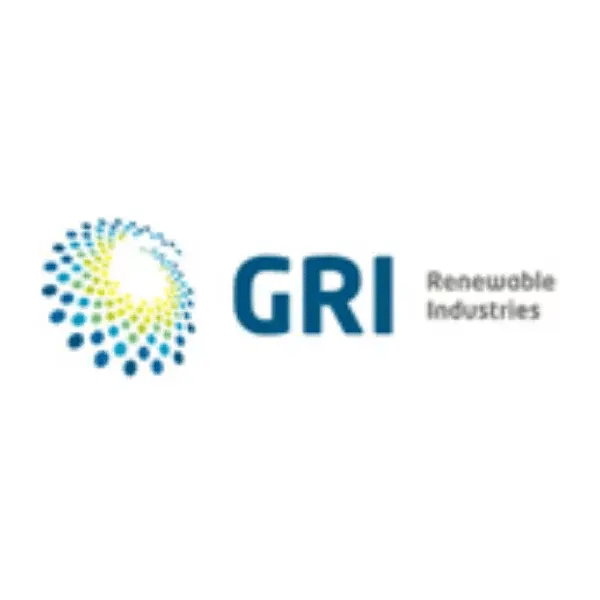

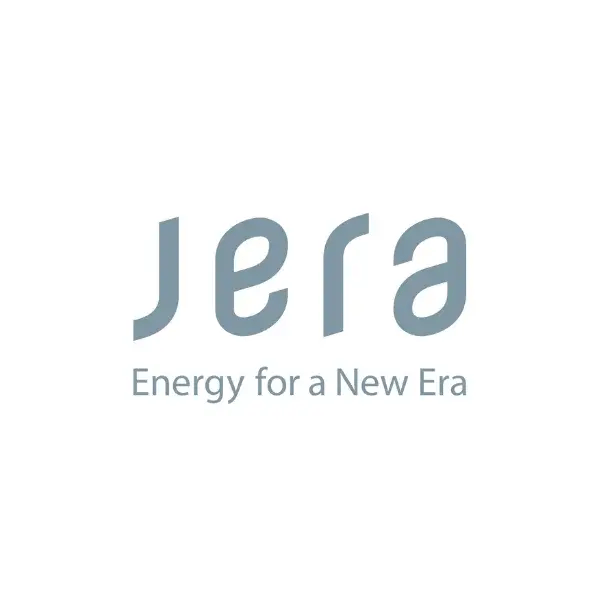



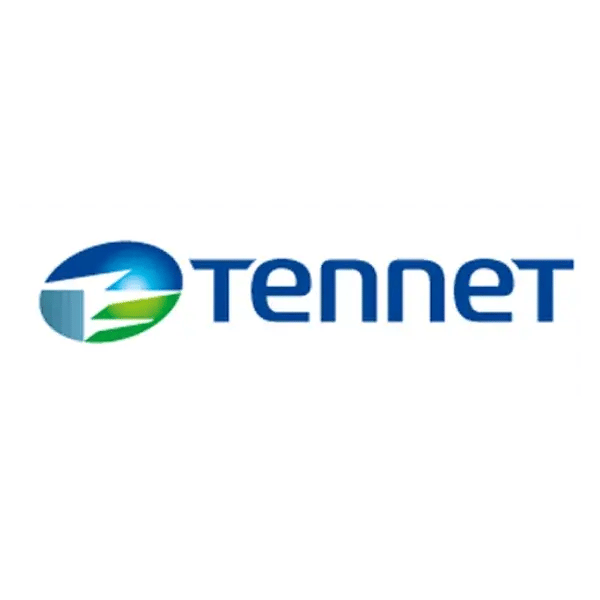
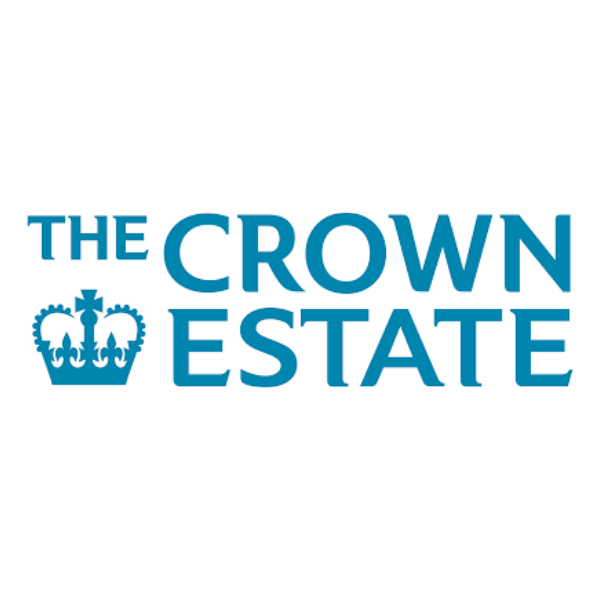
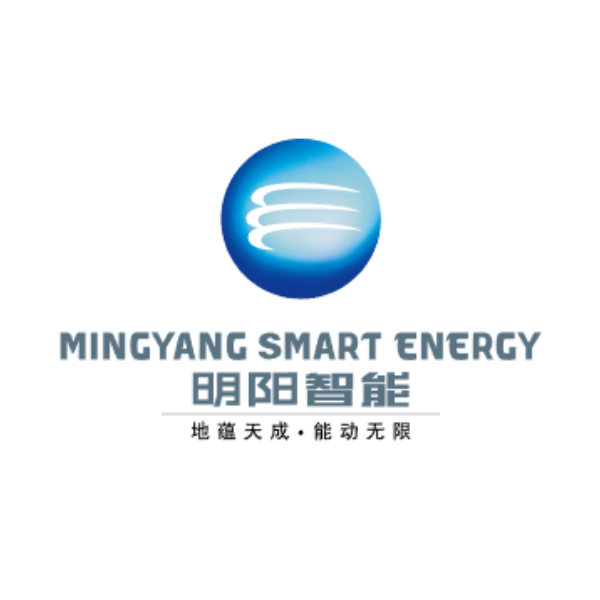
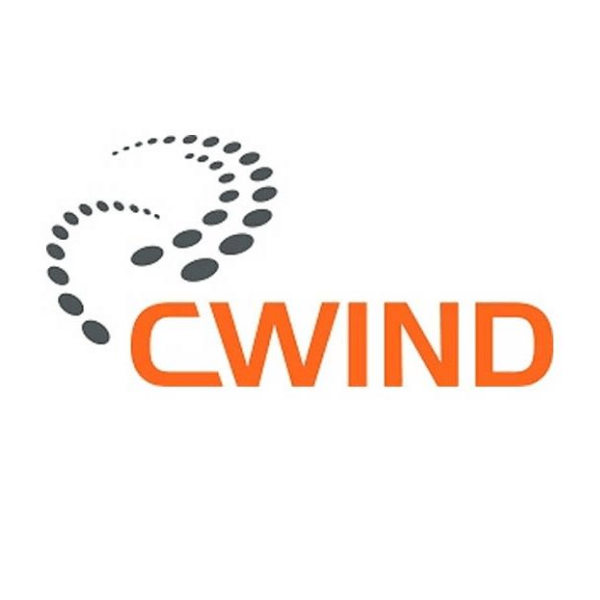
Supporting Organisations

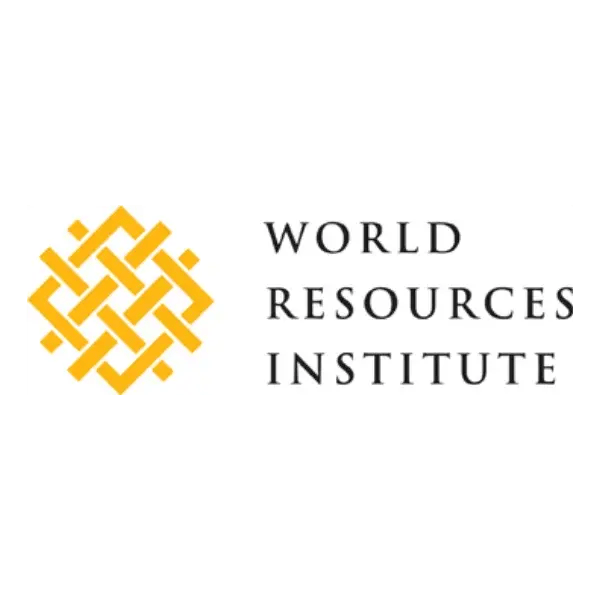
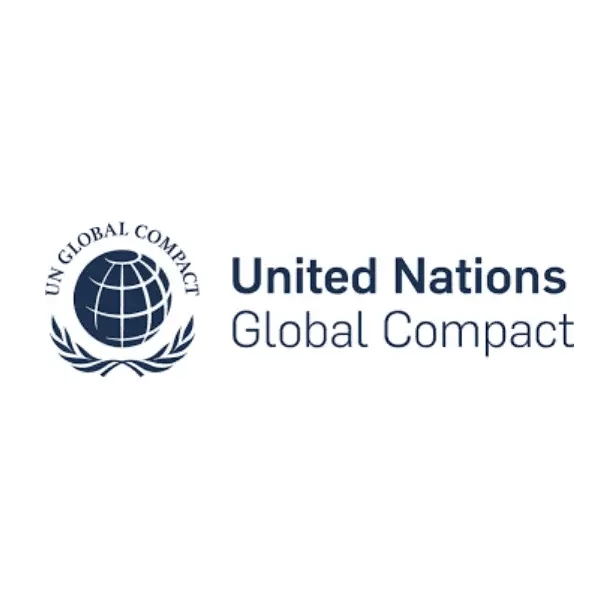
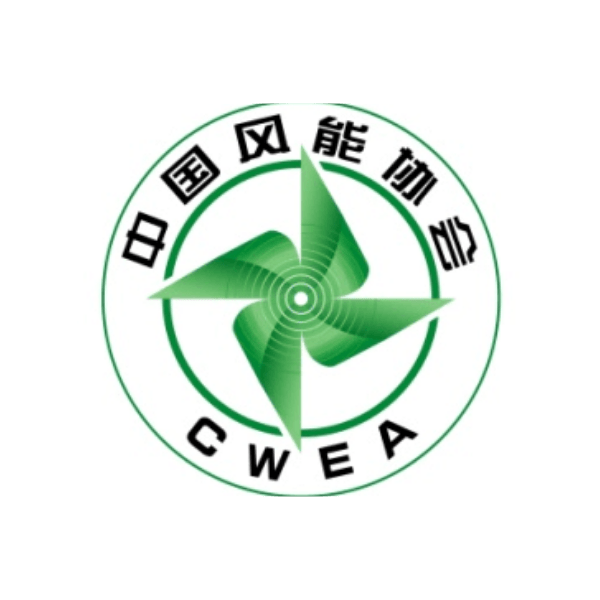
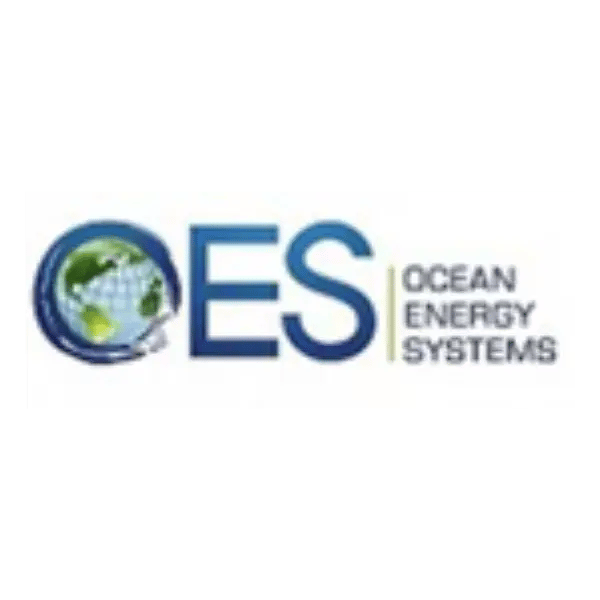
Our 1,400 GW vision for 2050
In 2018, the High Level Panel for a Sustainable Ocean Economy (Ocean Panel) undertook a comprehensive assessment of the climate change mitigation potential of a range of ocean-based activities. The Ocean Panel found that ocean-based solutions could contribute around 21% of the total emission reductions needed by 2050 to reach the 1.5°C global warming target set by the Paris Agreement.
The Ocean Panel determined that, of all ocean-based solutions to climate change, harnessing ocean-based renewable energy like offshore wind can deliver nearly half of the identified decarbonisation potential. It also calculated that investment in offshore wind yielded an average benefit-cost ratio of 12:1, providing increasing economic, environmental and health benefits as technology and integration costs continue to fall.
In response to the Ocean Panel, OREAC’s vision sets out the scale of this potential for ocean renewable energy. Our vision is to have 1,400 GW of offshore wind generating capacity installed worldwide by 2050. Oceans would then supply around 10% of the world’s electricity. Every region of the world would have a thriving and sustainable ocean renewable energy industry. By doing so, countries would replace fossil-fuel generation, and enable widescale electrification of heating, cooling, industry, hydrogen production and transport.
What does 1,400 GW of ocean-based renewable energy mean?
How can we realise the 1,400 GW by 2050 vision?
The Power of Our Ocean
To support the rapid, global scale-up of ocean-based clean energy, in December 2020 OREAC published ‘The Power of Our Ocean’
as a guiding document for countries to accelerate development of ocean energies like offshore wind and reap the socioeconomic benefits they can offer.
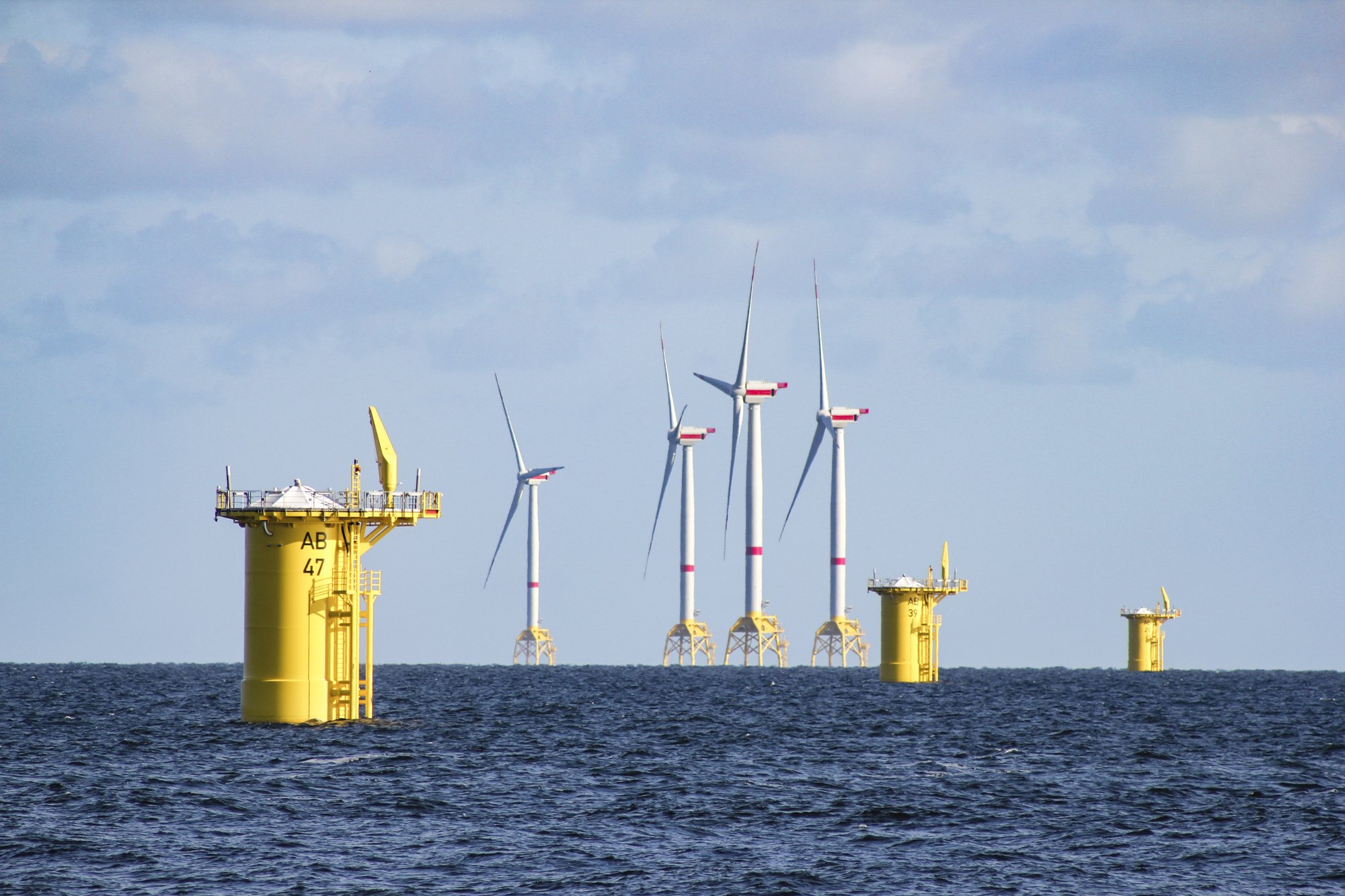
The Report
This report was published in response to the High Level Panel for a Sustainable Ocean Economy’s (Ocean Panel) ‘Transformations for a Sustainable Ocean Economy’, a far-reaching political document which highlights the importance of government-industry collaboration and underscores key ways that environmental conservation and economic prosperity can go hand in hand. Ocean-based renewable energy, and in particular offshore wind, is targeted in this document as a key solution to support decarbonisation at the pace needed to keep global warming within 1.5°C above pre-industrial levels, generate jobs and boost economic growth.
‘The Power of Our Ocean’ report answers the most important questions for governments looking to scale-up ocean-based renewable energy, including:
- What can offshore wind do for your country?
- What is the best way to realise the benefits of offshore wind industry in your country?
- How do we coexist with other marine users?
- How can you best create jobs?
- How do we keep offshore wind safe?
- How do we manage the impact on the environment?
- What other technologies can be used to harness ocean-based renewable energy?
Watch the official report launch event!
Re-watch the official report launch event, which took place on 3 December on WindTV at WindEnergy Hamburg Digital. Speakers include global thought leaders on ocean sustainability and offshore wind such as Peter Thomson, UN Special Envoy for the Ocean and Gonzalo Muñoz, COP25 High-Level Climate Action Champion discussing the main takeaways from this new report, the importance of offshore wind to achieving our climate goals, and we hear from government representatives from across the world on how they plan to build up their offshore wind markets in the years to come.
Market Readiness Assessment Toolkit
To support governments in their aims to develop a thriving and sustainable offshore wind sector, OREAC and the Global Wind Energy Council published the Offshore Wind Market Readiness Assessment Toolkit (OWMRA Toolkit) in December 2020.
The Toolkit
This Toolkit offers specific analysis and guidance to policymakers, regulators, market enablers and key industry players in siting, permitting, and policies to scale up offshore wind capacity in a specific market. It enables markets to assess their readiness for this technology and identify gaps that need to be addressed to accelerate deployment.
The OWMRA Toolkit has been designed to use at country scale, in a workshop facilitated by offshore wind practitioners. It addresses 12 key components for offshore wind development:
- Policy
- Stakeholders
- Legal
- Health and Safety
- Consenting and Permitting
- Grid Connection
- Offtake and Revenue
- Projects
- Equipment and Services
- Finance
- Installation and Commissioning
- Operation and Decommissioning
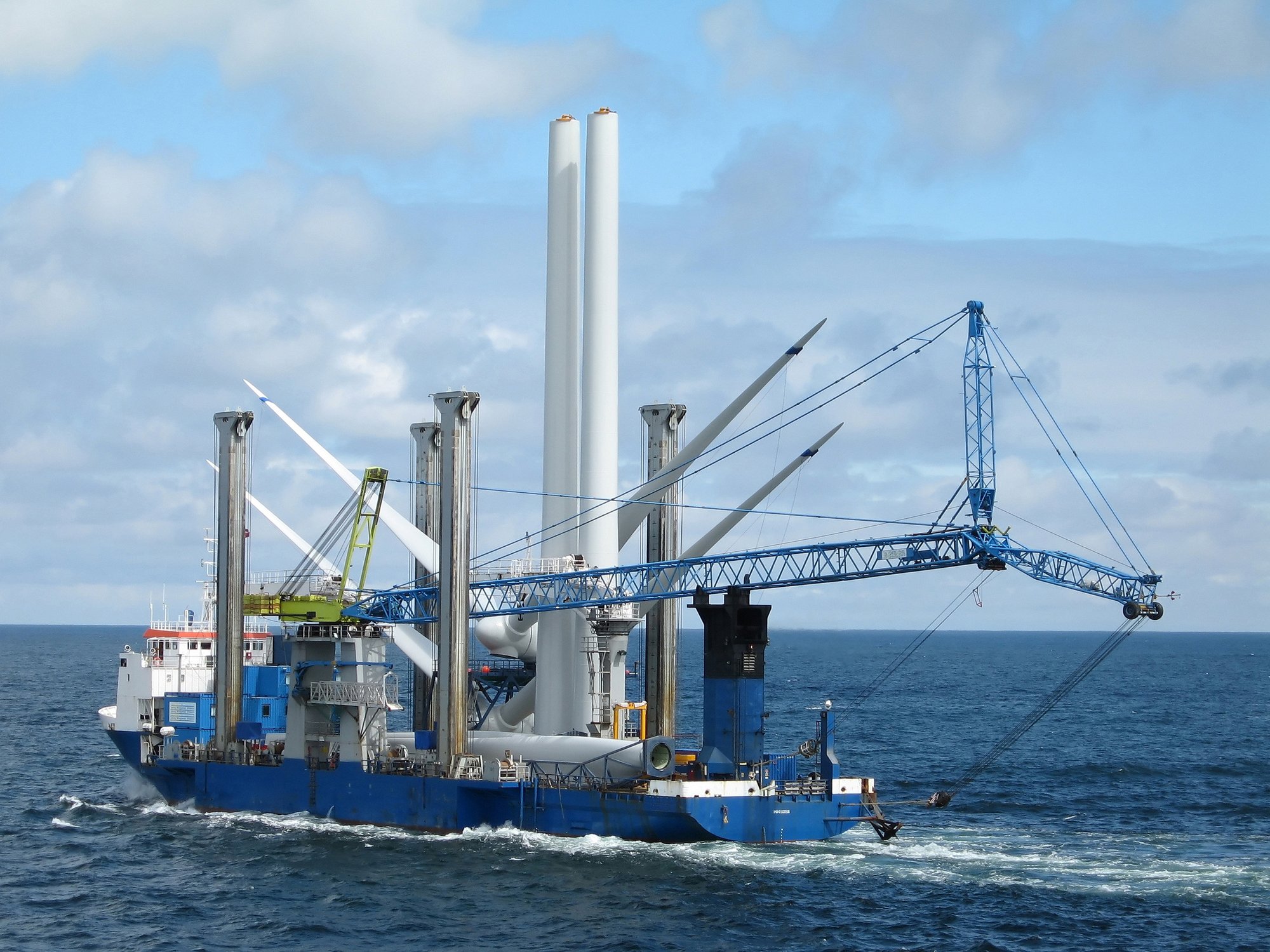
Offshore Wind Technical Potential Resource Maps
OREAC commissioned a series of maps which demonstrate the fixed and floating offshore wind potential within 200 km of the shoreline of countries and geographies around the world. This technical resource complements the 54 maps of offshore wind potential which have been published by ESMAP to date.
Note: Technical potential resource is a term used to describe the energy resource that is extractable with current technology in waters within 200 km of the shoreline. Links in teal in the alphabetical list below will take you to the World Bank Group’s ESMAP website to download their resource maps for non-OECD countries, and links in navy will take you to an automatic download of the maps produced by GWEC for the Ocean Renewable Energy Action Coalition (OREAC).
Contacts

Joyce Lee
-
joyce.lee@gwec.net

Norma Hutchinson
-
norma.hutchinson@wri.org







